With elections just around the corner, there is a lot of talk about manifestos, leaders and coalitions – but little about how policy is actually made. With the Gestaltungszentrale Politik, Philipp Cartier and his team are introducing design methods into political processes in order to make decisions more exploratory. Bundestag member Armand Zorn is working with the initiative. An interview on why politics needs design.
Interview by Stephan Ott
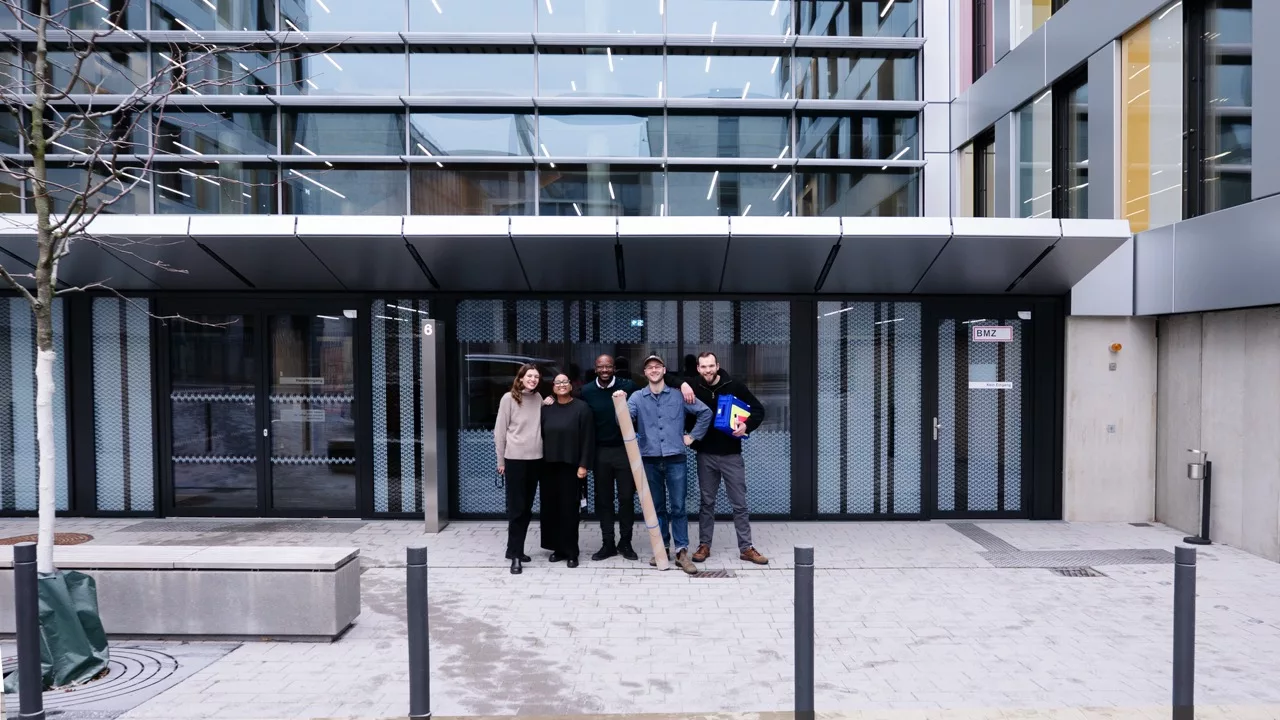
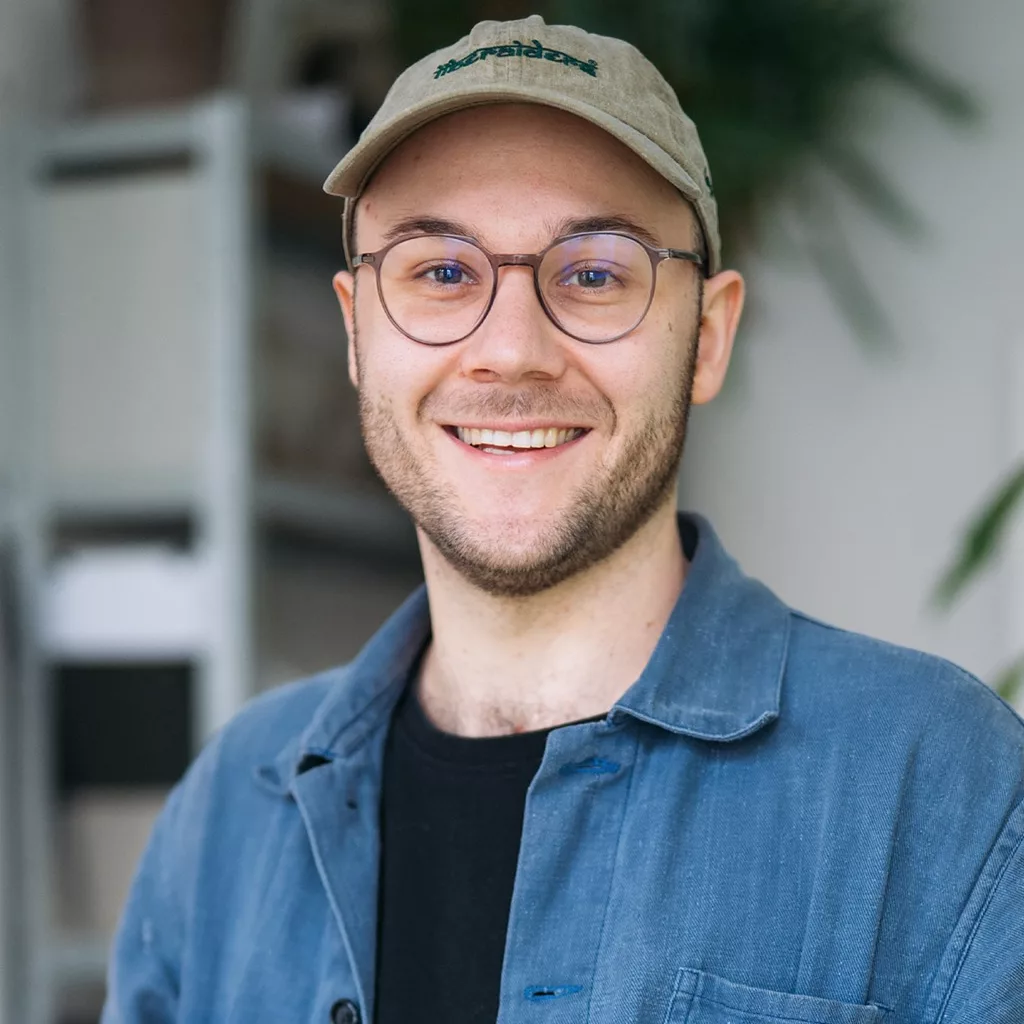
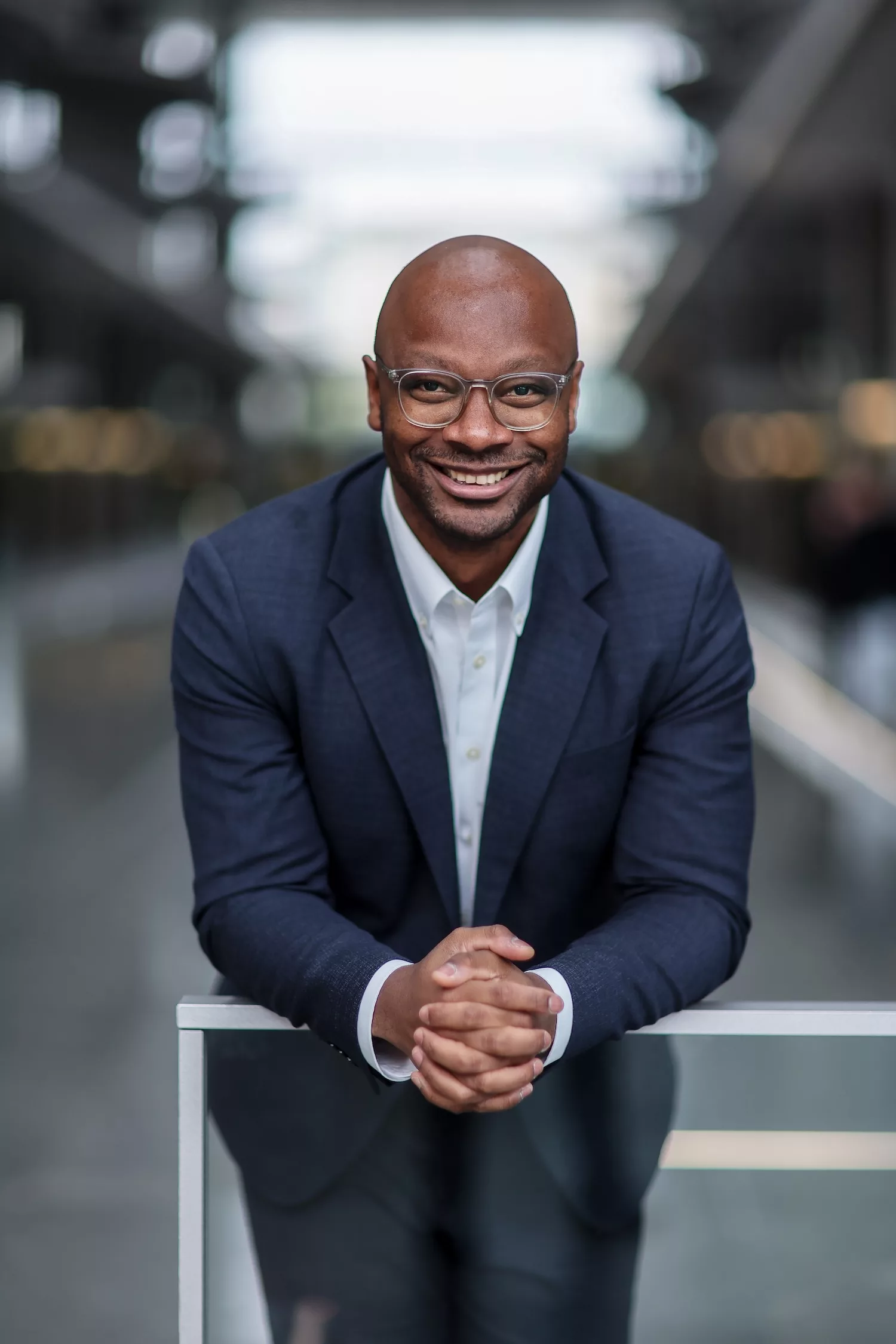
Philipp, you co-founded the Gestaltungszentrale Politik. What is behind it and how did you get the idea?
Philipp Cartier: The Gestaltungszentrale Politik is an initiative that focuses on design processes in politics. In design, we are used to analysing and changing design processes – in politics, however, the focus is usually on the result rather than the creative process behind it. During my master’s thesis, I analysed this in more detail, including participant observation: eight weeks in the Hamburg parliament and three weeks in the Bundestag. This made me realise that there are often deficits in political decision-making processes when it comes to exploring issues and developing new approaches. At the same time, there are exciting international examples, such as the Helsinki Design Lab, which have shown how design methods can enrich politics. This gave rise to the idea of bringing design, as we understand it in design, and politics together in a targeted way – and not just observing political processes, but actively intervening in them as designers.
Armand, how did the collaboration with Philipp come about and where do you see the greatest need for improvement in politics?
Armand Zorn: There are many processes in politics – some are laid down in law, others have developed informally over the years. Many of these work. But because they are never scrutinised, there is often unnecessary inefficiency. As someone who spent six years in management consulting, this struck me immediately. I asked myself: how much more effective could we be if we organised certain processes differently? As an individual member of the Bundestag, however, you quickly reach your limits. That’s why it was a stroke of luck that Philipp and I got to know each other. But our cooperation is not just about efficiency. Politics should not only work faster and deliver better results, but also create acceptance and make decision-making processes more transparent. This is where our collaboration comes in: By combining design methods and political practice, we aim not only to optimise processes, but also to improve their quality.
Philipp, during your participant observation you noticed that political drafts often take place only on an A4 sheet of paper, whereas design deals with design processes in a completely different way. Was this a crucial starting point for your work?
Philipp Cartier: It was definitely a starting point. During my eight weeks as a participant observer, I realised that political work is almost exclusively done on A4 paper written on edge – there are hardly any other formats. In my own way of working, for example, I use notebooks of different sizes, digital spaces or walls with ideas and visual sketches to structure and develop issues.
I was particularly struck by the fact that political drafts always start with a text: First comes a key issues paper, then a position paper, then a bill, and finally it becomes a law. In the end it always has to be a text, that’s clear. But I didn’t understand why we had to work in text form right from the start. This insight was also confirmed in my work with Armand.

Armand, is it really true that politics is mainly based on paper and text?
Armand Zorn: Yes, that’s true. But I don’t see that as a fundamental problem. For many people – especially lawyers – text is the most precise working tool, especially when it comes to complex issues. But what I take away from working with Philipp is the idea of expanding the possibilities. It’s about choosing the right tools for each situation – whether that’s text, visual aids or other methods. Many political processes are repetitive and focused, so the traditional approach works well. But there are also open-ended, unclear issues that require new approaches. Here a wider range of design methods can help to broaden perspectives and work in a more reflective way.
‘By combining design methods and political practice, we aim not only to optimise processes, but also to improve their quality.’
– Armand Zorn
Both politics and design shape things – but in different ways. You say: politics decides, design creates. How did you come to this conclusion and what does it mean for your work?
Philipp Cartier: This distinction was an important starting point. Design works with designs. We try things out, develop variations and learn from each step. The whole Gestaltungszentrale Politik is, in the end, an ongoing design that is constantly evolving. Politics, on the other hand, makes decisions and selects the best options from those available. This is a skill that is intensively practised in the political arena. Our idea is to create more sensitivity to the design processes in politics, i.e. to develop a greater variety of options before decisions are made. Politicians already design, but they could benefit even more if they spent more time actually designing and exploring new approaches. This is where we come in.
Can design contribute to a better basis for political decision-making by not immediately prescribing solutions, but by developing different designs through iterative processes?
Armand Zorn: Yes, I would say so. Philipp summed it up well: we have learned a lot from each other. Designers often have a penchant for perfection, while politicians tend to be rational, solution-oriented and want to make a decision as quickly as possible. These different approaches can complement each other very well.
Interestingly, we would probably have found many of the issues and priorities without the design process. But the real benefit was the way we involved other people and the new perspectives that emerged. We learned things that we hadn’t realised before, and that in itself was a huge gain in knowledge.
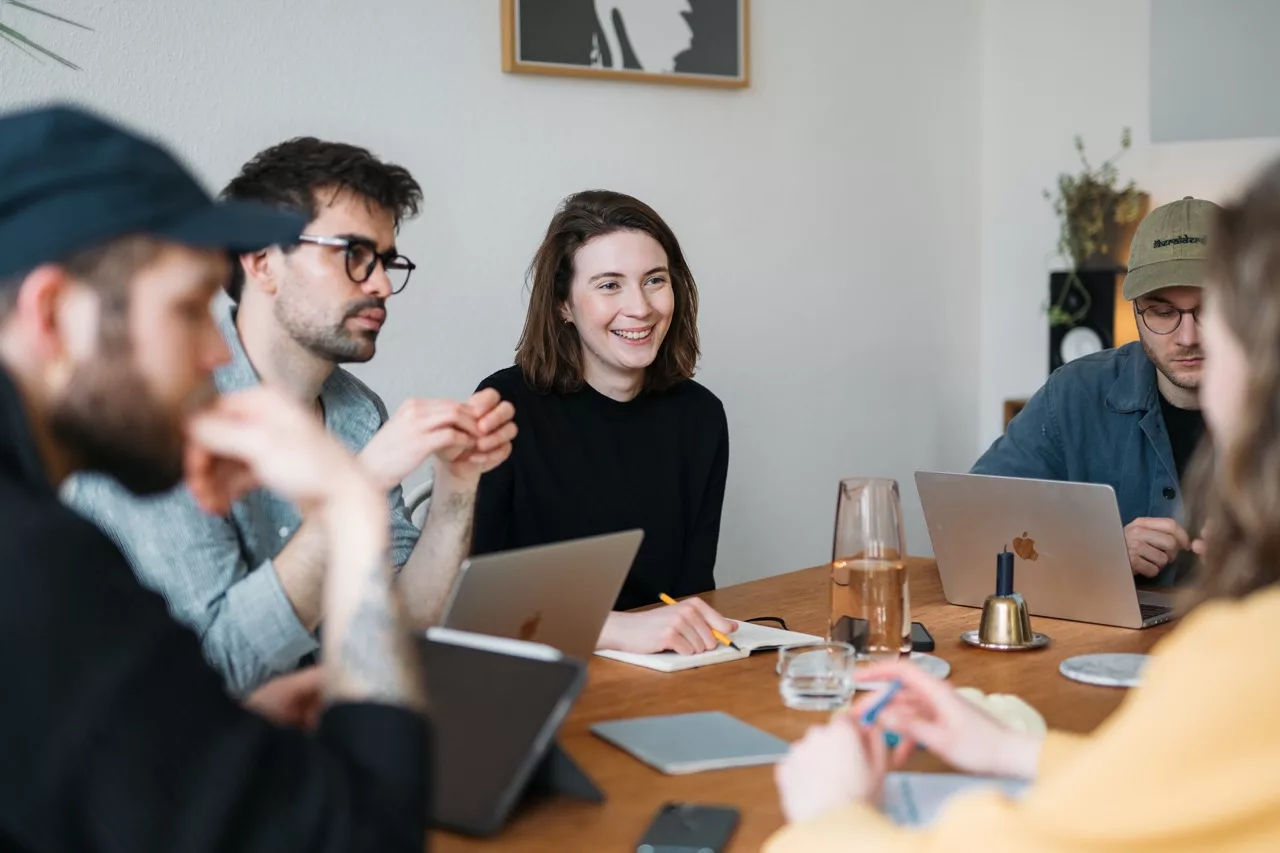
Can you tell us more about your joint project?
Philipp Cartier: Yes, as a non-profit organisation we even have to be transparent. The project focused on digital literacy in society. An issue that concerns Armand as a digital politician. The question was: how can we better prepare people for the digital challenges of everyday life?
We explored and worked on the topic through workshops and interviews. The biggest challenge was time: the project ran for a year and a half, with long breaks, for example because of the state elections in Hesse. In the end, we came up with four to six concrete ideas: Armand’s office can now use these to contribute to political negotiations and knows what to communicate and how to complement existing approaches.
What happens now? Will the project be included in a bill?
Armand Zorn: The results will feed into our political demands. Depending on the outcome of the general election, we intend to implement some of the proposals. So the project was definitely worthwhile.
An important added value was the involvement of relevant stakeholders already working on the issue. This led to greater acceptance and better networking. We are now going our separate ways, because Philipp and the Gestaltungszentrale Politik want to gain new experience. This is also important.
It’s less about a strict methodology and more about a flexible, intuitive approach, almost a kind of naive curiosity. You observe, ask questions, follow processes – without knowing exactly what the outcome will be.
– Philipp Cartier
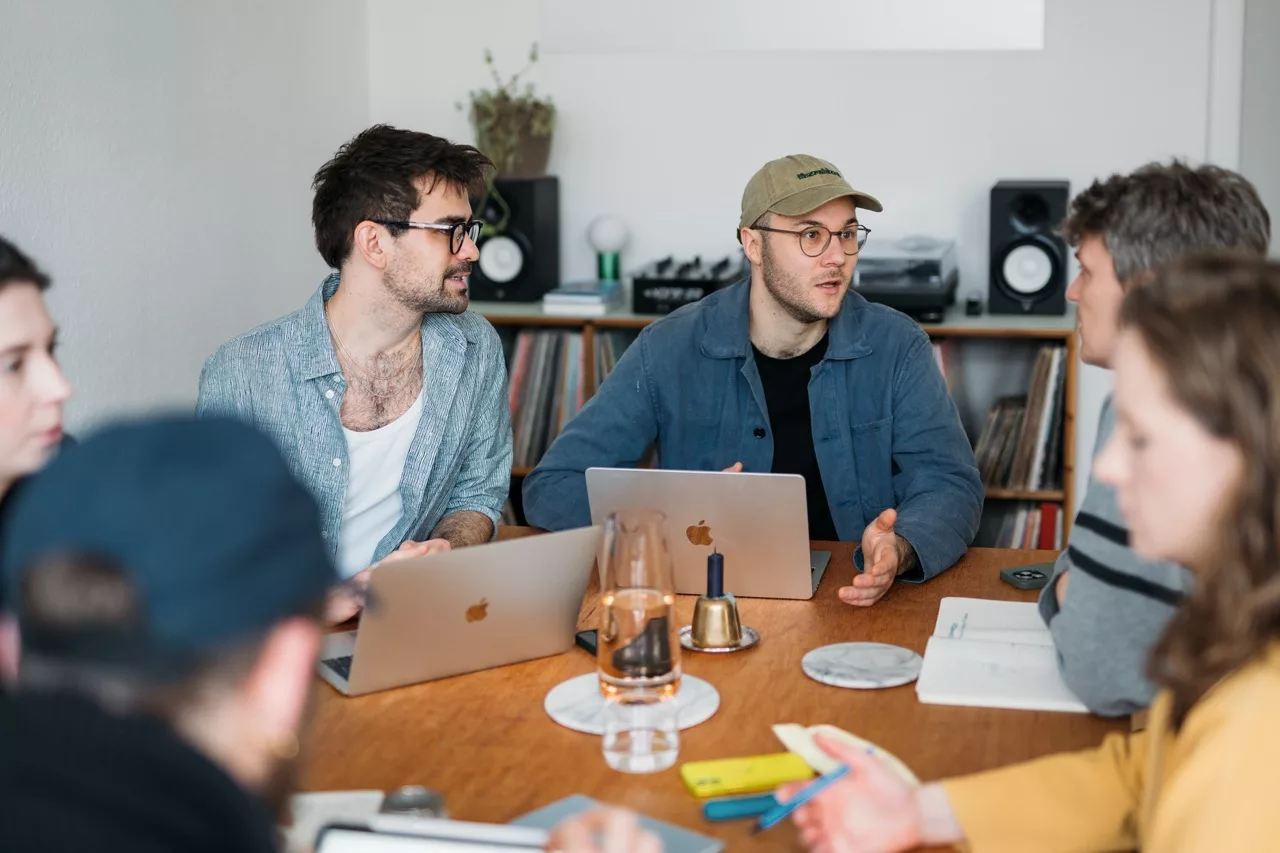
Many different stakeholders were involved in the process. In your opinion, did the design improve the quality of the interdisciplinary process?
Philipp Cartier: The collaboration between design and politics was already trans- and interdisciplinary. For example, at the last workshop we brought together a large group from civil society and initiatives. Two participants were there for the second time. The group was very mixed – representatives from AWO, digital initiatives, academia and practice. Disciplinary boundaries quickly blurred and everyone worked together. Of course it depends on the people, but in our case it worked well.
Armand Zorn: Yes, absolutely. Our process was slower because we didn’t decide on a solution straight away, but kept asking questions and looking at the issue from a broader perspective. Philipp and the Gestaltungszentrale Politik made sure we didn’t move too fast – and in hindsight, it all made sense. If we had written a position paper instead, it would have just been commented on – either rejected completely or adapted in certain areas. But because we didn’t commit to an initial picture too early, we were able to discuss it openly, avoid any prohibitions on thinking and incorporate new perspectives. Normally I always ask: is this politically feasible? But we were not allowed to ask that question. That made a big difference.
Philipp, is that the decisive difference for you?
Philipp Cartier: Not the decisive one, but definitely a big one. Just as it was an experiment for Armand, it was an experiment for us – we didn’t have a blueprint and we learned a lot from it. One important lesson was that the ideas were not so far removed from what Armand and his team had already thought of. For us, this is feedback on the process, and next time we want to explore even more new directions. In any case, the intensive dialogue and the way it was conducted were crucial. It’s less about a strict methodology and more about a flexible, intuitive approach, almost a kind of naive curiosity. You observe, ask questions, follow processes – without knowing exactly what the outcome will be.
This conversation took place on 31 October 2024 as part of the GDG Talk ‘From Research to Application’ at the Museum Angewandte Kunst Frankfurt, moderated by Stephan Ott, Director of the Institute for Design Research and Appliance – IfDRA. It was then transcribed and summarised.


Philipp Cartier, Founder of Gestaltungszentrale Politik
Philipp Cartier is a designer, co-founder of Gestaltungszentrale Politik and one of the winners of German Design Graduates 2024. After completing his bachelor’s degree in industrial design at the University of Applied Sciences and Arts in Hanover, he went on to complete his master’s degree at the Hochschule für bildende Künste Hamburg (HFBK). His master’s thesis was entitled Gestalten unter sich. Teilnehmende Beobachtungen eines Designers im Politikbetrieb. In 2023, together with friends, he founded Gestaltungszentrale Politik e.V., a non-partisan organisation that explores the interface between design and politics and supports political actors in design processes. Since January 2025, he has been a research assistant and doctoral candidate at the Hochschule für bildende Künste in Hamburg, where he is working on the research project ‘Redesigning Democratic Representation’.

Armand Zorn, Member of the German Bundestag
Armand Zorn has been a directly elected member of the German Bundestag for the Frankfurt am Main I constituency since 2021. He has four academic degrees in political science, history, business law and international economics, which he obtained in Halle, Paris and Konstanz, among other places. Before joining the Bundestag, he worked for six years in management consultancy and before that gained political experience in the French National Assembly and the German Federal Ministry of Finance. As an MEP, his focus is on digitalisation and financial policy; he is a member of the Finance Committee and the Digital Committee.
Share on Social Media

